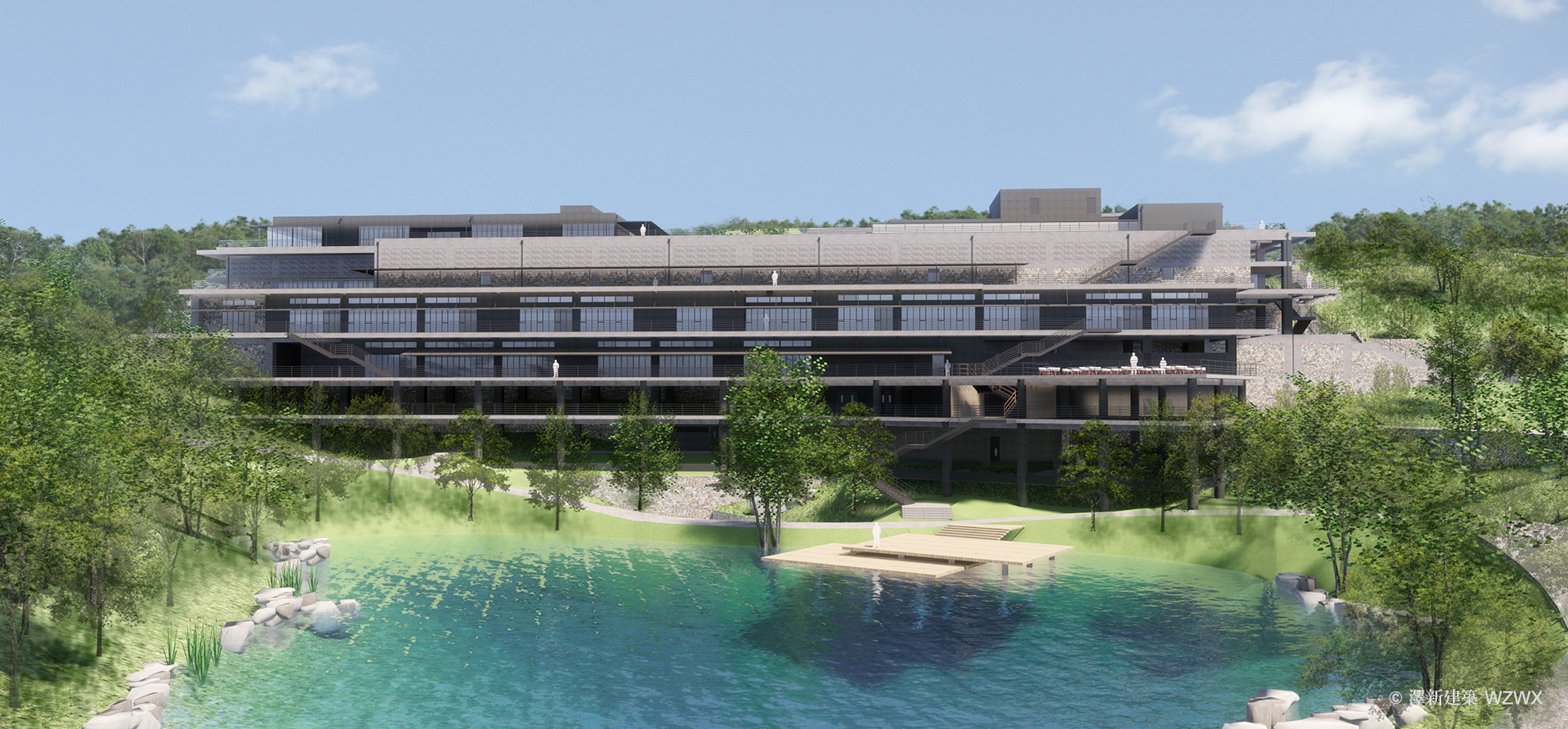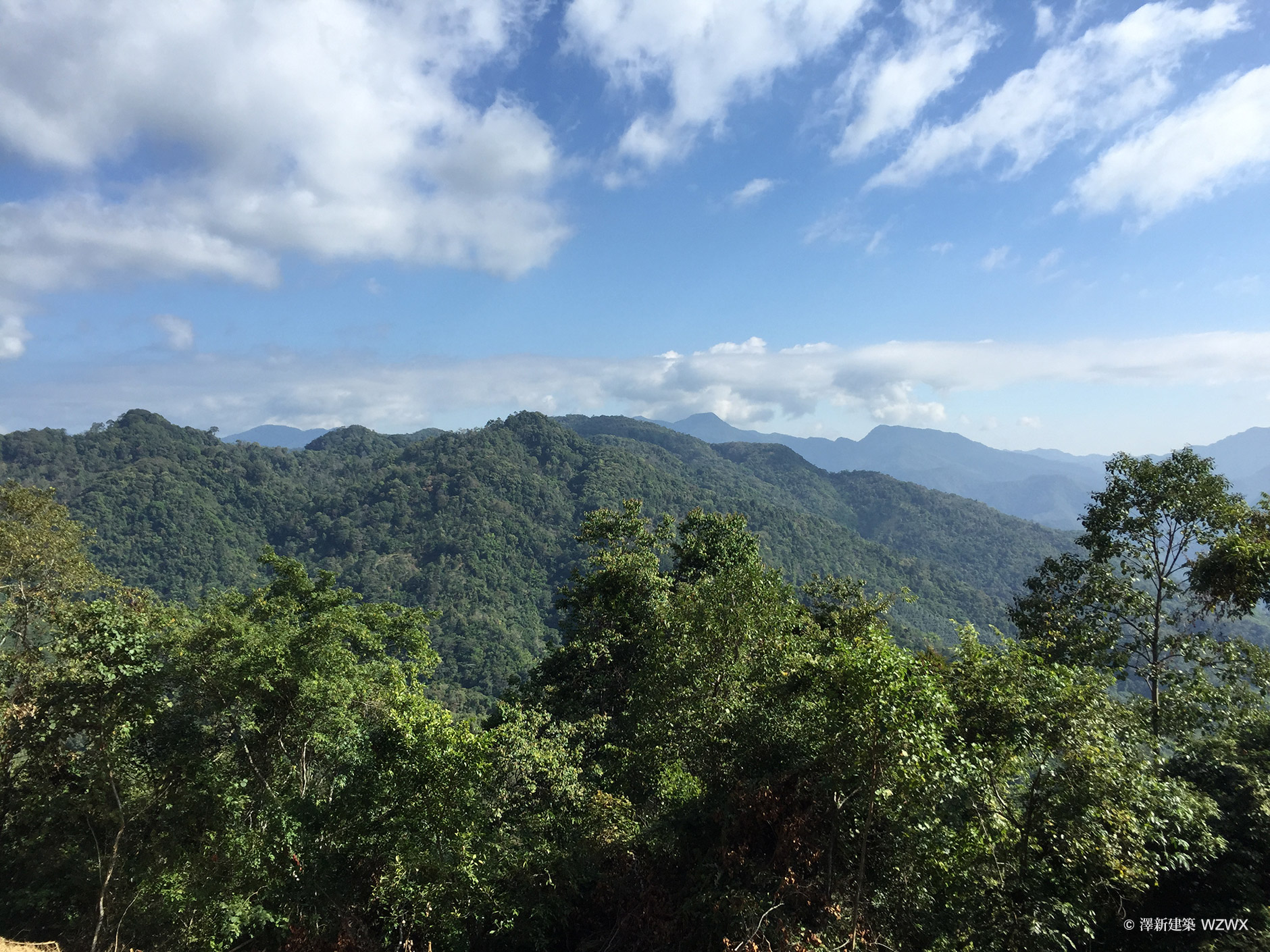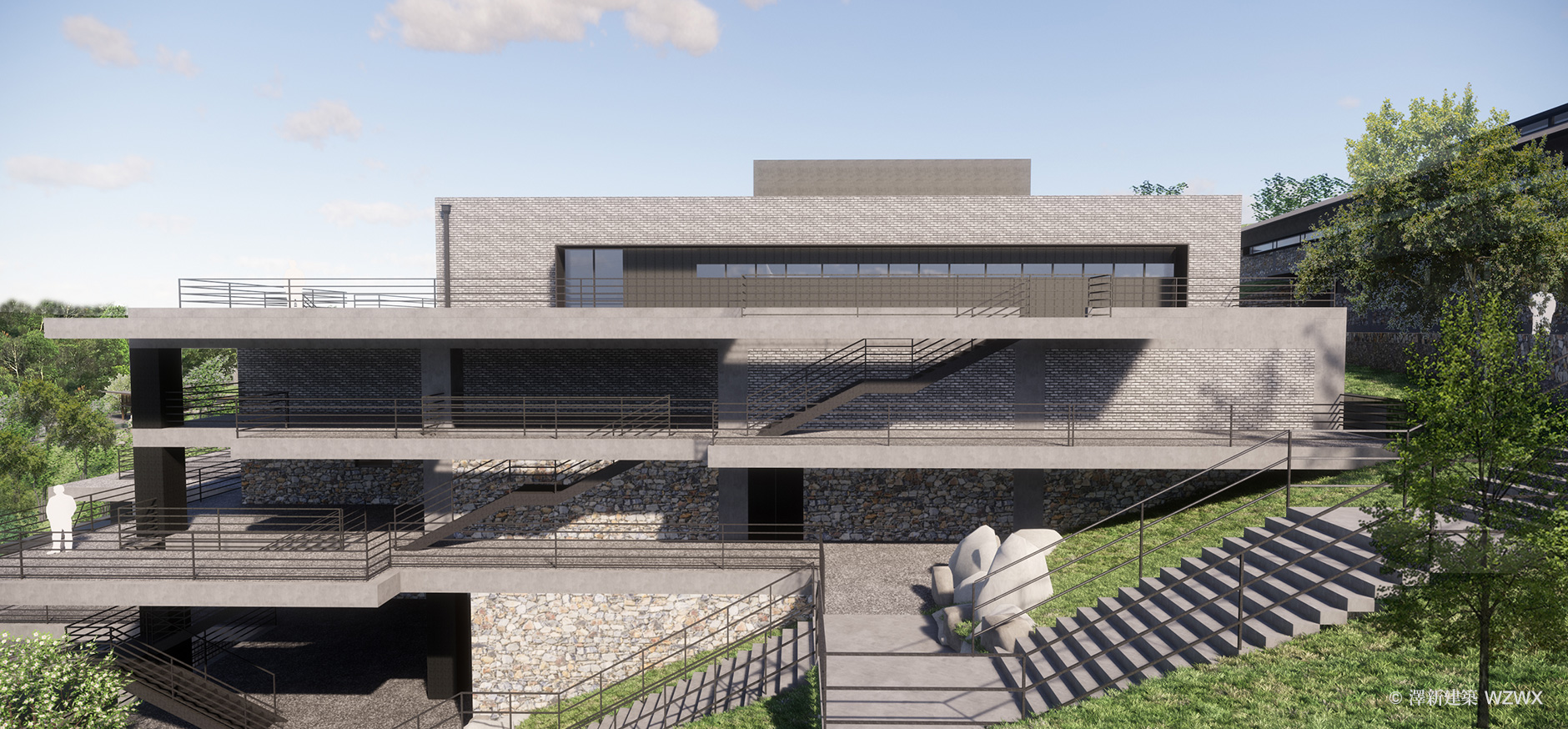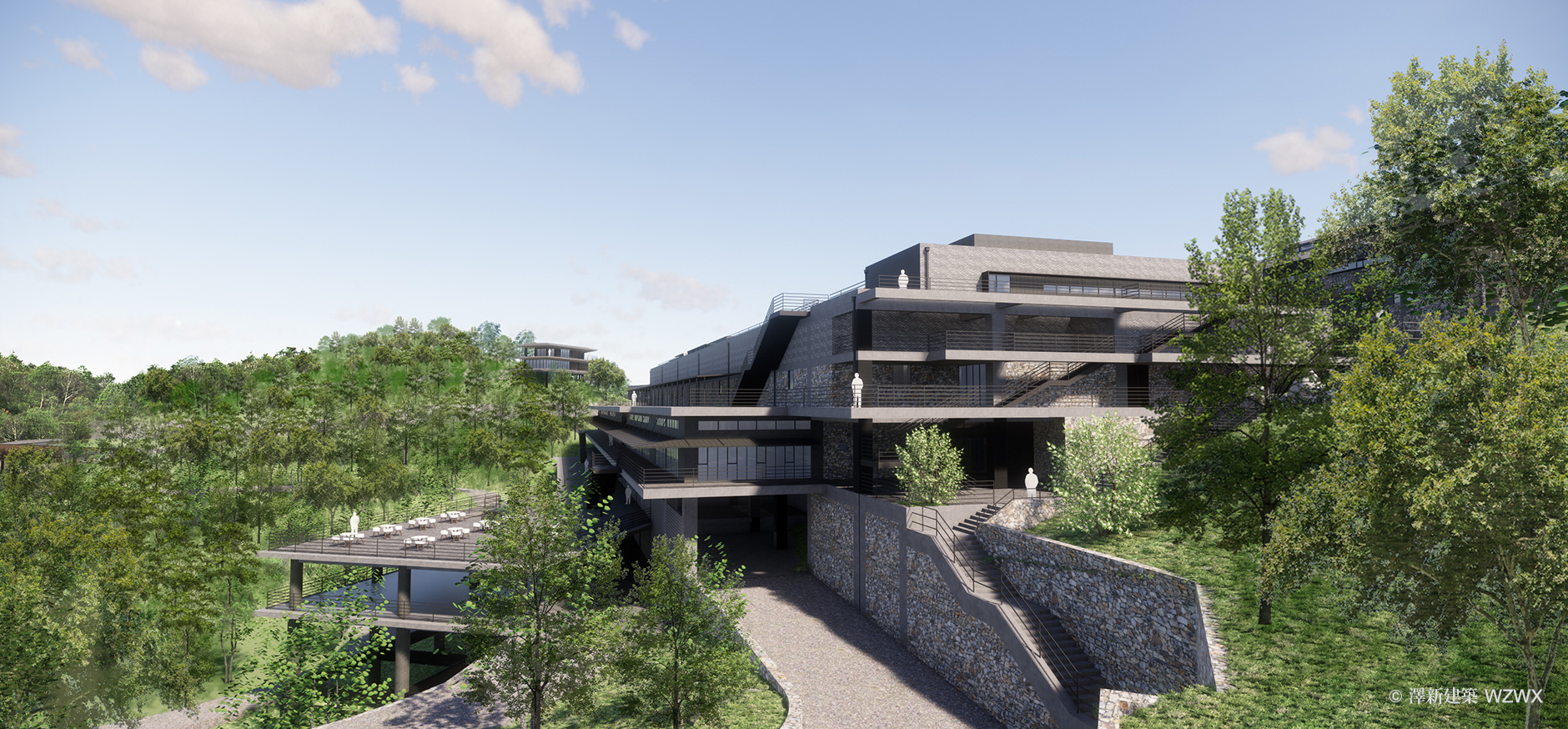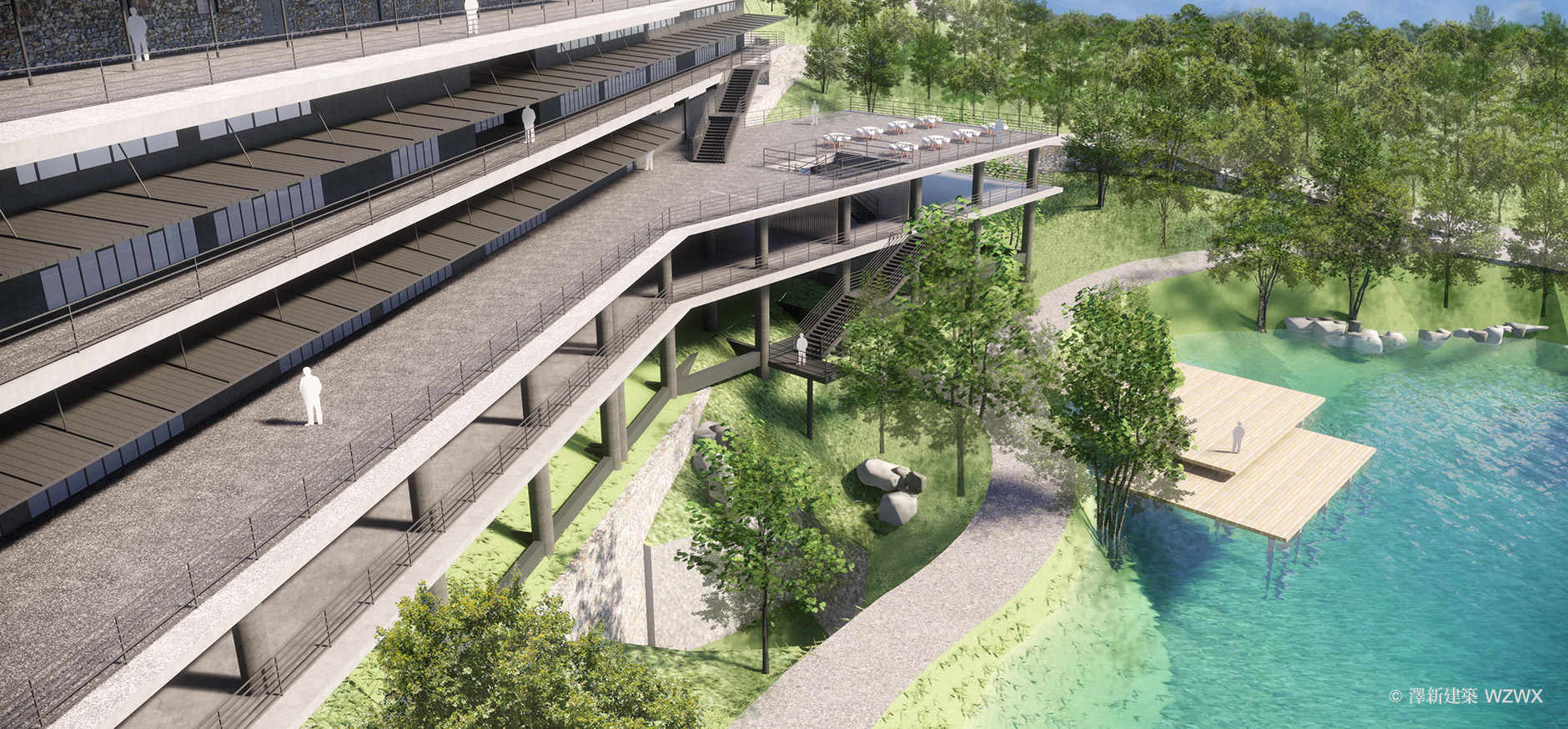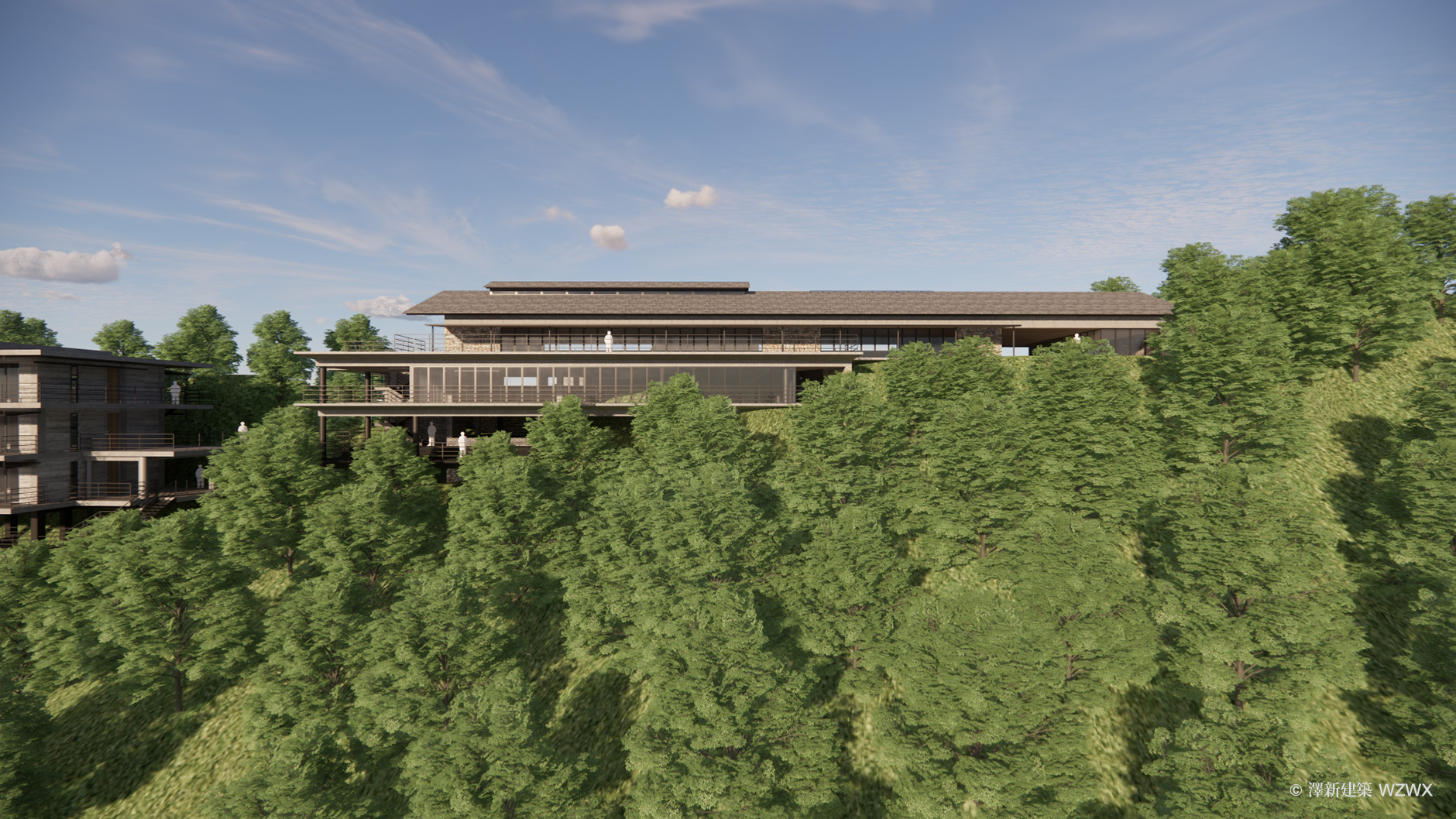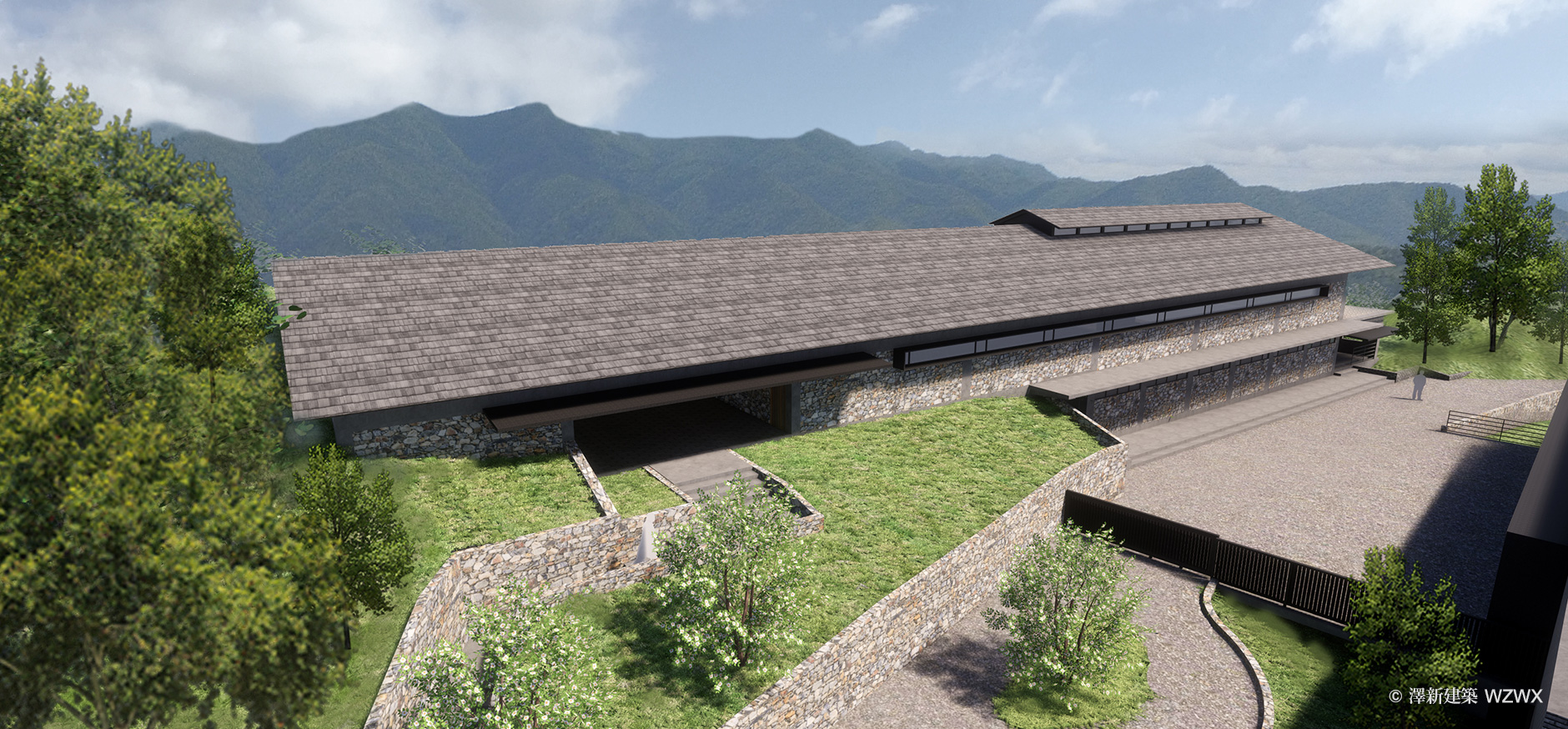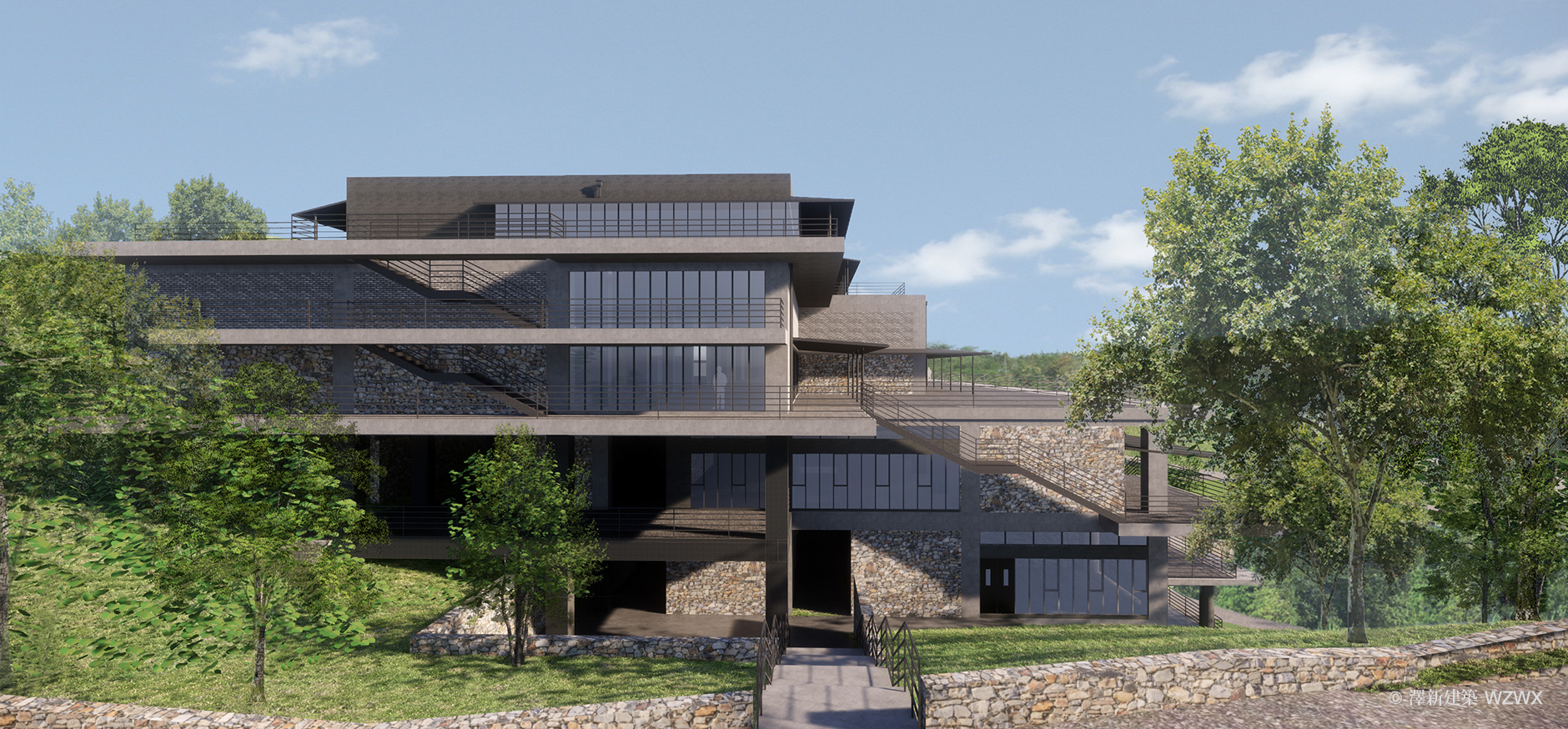A tea production complex in the tropical mountains of Yunnan province
Pu’er
Pu’er is a variety of broad-leaf tea produced exclusively in the Yunnan province in China. Mature and ancient trees here naturally flourish in the area's unique subtropical monsoon climate and high altitude rainforests. Like fine wine, Pu’er tea’s taste and aroma progresses and improves with age, and each batch of tea, picked from different micro regions is an expression of its distinct terroir. It is regarded one of the most complex and valuable teas in the country. Total market size for Pu’er tea in China is about 20 billion yuan in 2020, supporting the livelihoods of millions of tea farmers and businesses in the region.
The complex
Located among the misty tropical rainforests of Xishuangbanna in Yunnan province, Yiwu is regarded as one of the pre-eminent Pu'er tea producing locales in China, with a history of tea-making spanning more than three centuries. Extensive natural forest coverage, high moisture, abundant sunshine, and the warm climate, has over centuries contributed to ideal environmental conditions for the highest quality Pu'er tea.
Here, on a 5 hectare mountain-top site adjacent to the Yiwu Township, the high-end Pu'er manufacturer Shan Tea has proposed a new 23,000 m2 production complex to accommodate its entire operations - encompassing a tea production factory, a ceremonial hall & canteen, dormitories, as well as a reception centre and guest rooms where collaborators and distribution partners can partake in annual events.
Individual buildings are carefully organized over the complex, steep terrain, making the most of available land and surrounding views. Buildings are nested layer by layer against the hilly terrain, standing up high on columns, like the local tradition of stilt houses. Multi-level floorplates, generous as possible on a steep site, are carefully oriented with the undulating terrain.
The language of architecture is understated, robust, and rough - characterised by deep eaves and canopies, generous cantilevering balconies, and abundant open terraces. Features constitute a holistic response to climatic conditions, not unlike most local architecture. A restrained material palette of reinforced concrete, glass, and locally sourced natural stone, bricks and tiles is used throughout.
Building material choices emphasise notions of simplicity, economy, and durability in the long-term. Key considerations are climatic, and economy. Local climate is characterised by warm temperatures relatively consistent throughout the year. Seasonal variations comprise of a 'dry season' which last most of the year round and a 'wet season' beginning in May - characterised by frequent and sudden rain fall and high humidity extending for four months in the year. Material longevity concerns means that other organic materials such as timber and bamboo were avoided. Advanced steel processing is unavailable locally, thus site-mixed, site-cast concrete for structure is preferred for its ease of working.
Material choice is also intended to gives specific texture and character to the complex beyond typical industrial environments. Locally abundant materials such as stone and bricks were widely utilised to best connect with local building cultures, at the same time minimising expenditure on material transport. Rough cut stone – highly economical and workable in the region - is used to define main building facades as well as for necessary earthwork retaining walls around roads and buildings. This establishes an immediately natural and enduring overtone for the entire architecture ensemble.
Given the temparate climate, building comfort is designed passively as much as possible. The building envelope itself provides sufficient insulation for thermal comfort throughout the year. Generous windows permit views and day-lighting satisfies most operations as much as possible. No air-conditioning is installed throughout the entire complex.
Within the complex, more than one third of the built spaces are external - in the form of generous balconies/open terraces planned on multiple levels - reflecting the tropical lifestyle of living and working outdoors as indoors, while making the most of the natural setting. Terrace serve as ideal zones for laying out tea leaves for natural ventilation and drying. For people, deep eaves and long canopies help contain solar gain, and provide constant protection against sudden or sustained rainfall. All is connected, like a vast landscape. A matrix of exterior staircases leads toward different directions to connect each level to outdoor pathways and to other levels.

